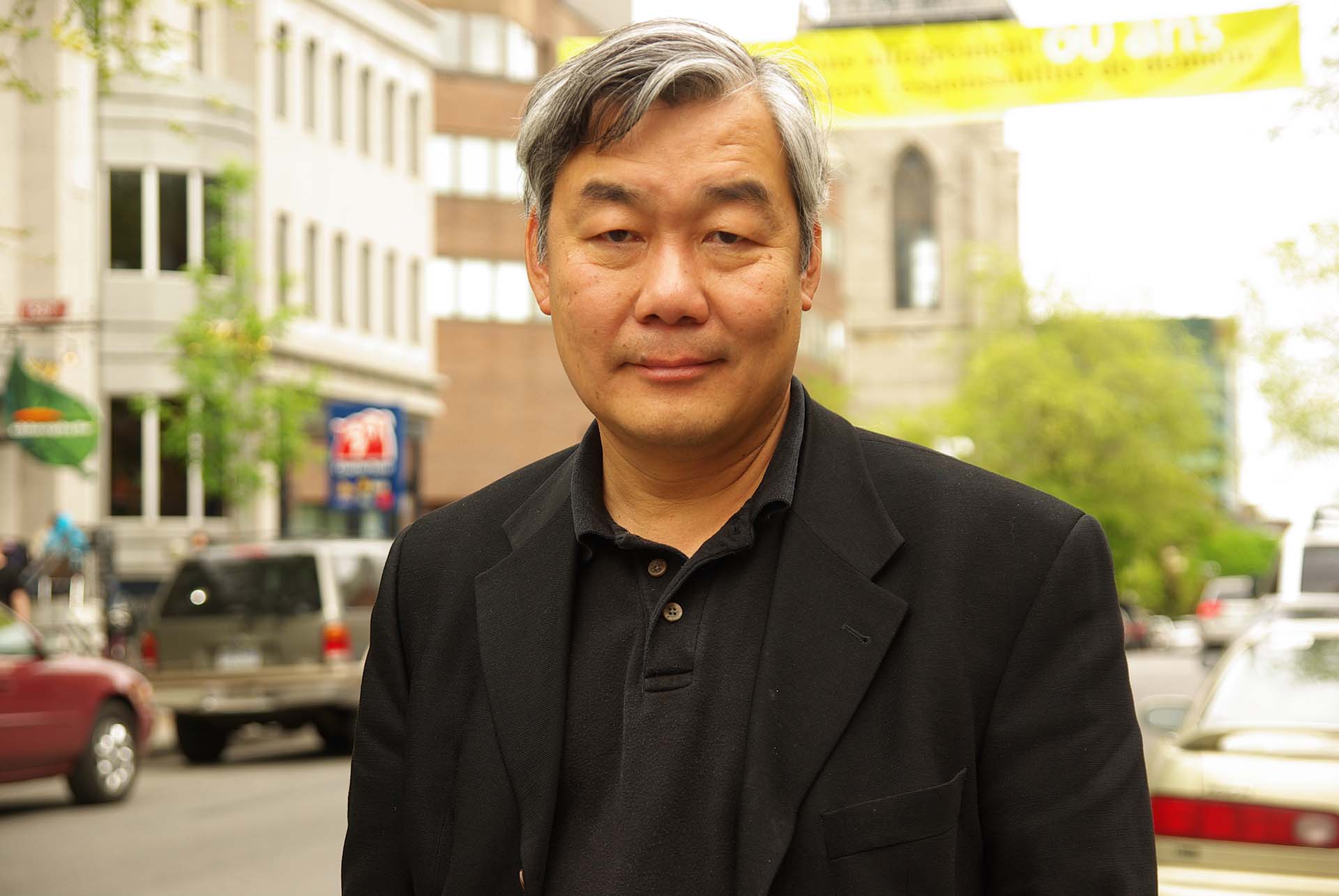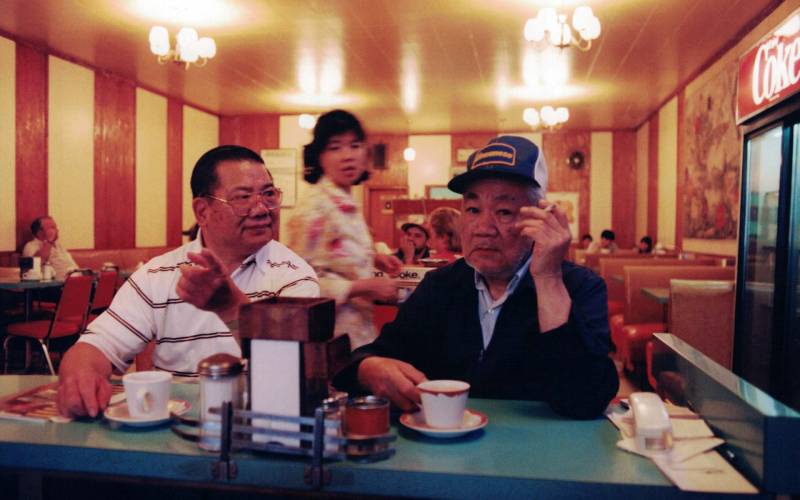You can find Chinese restaurants almost everywhere. That’s a fundamental fact of today’s globalized economy. But if you’ve ever stumbled across a wonton and egg roll joint in, say, a remote Canadian prairie town or a heavily Latino stretch of Fruitvale, you may have wondered to yourself, “How in the world did this place open here?”
That’s the question that has propelled the documentary filmmaker Cheuk Kwan for years. In the early 2000s, he spent four years traveling the world to create a documentary series on diasporic restaurants owned and operated by Chinese immigrants. Now, he’s written a new book based on those experiences. Part travelog, part food memoir, Have You Eaten Yet? tells the story of the immigrants behind 15 of the world’s most far-flung and unexpected Chinese restaurants, whether they’re wielding their woks in the Amazon or way up in the Arctic Circle. The book also functions as a dissertation on the Chinese diasporic experience itself.
“When I travel, I always poke my head into Chinese restaurants,” Kwan says. “I’m not only searching for comfort food — I’m always very curious about how these people got there.”
On April 2, Kwan will join the legendary chef Martin Yan on stage at the Oakland Asian Cultural Center for a conversation about food, the Chinese diaspora and the way restaurants function as a survival tool — and a wellspring of creativity — for Chinese immigrants all over the world.
For Kwan, this decades-long project has been a natural extension of his own identity: The Toronto resident was born in Hong Kong, raised in Singapore and Japan, and educated in the United States, including a year at UC Berkeley in the mid-’70s, at the height of the Asian American political movement. As a result of this diasporic upbringing, Kwan says, he encountered very little during his travels to Chinese restaurants around the world that he found truly surprising — not the simple bacon-and-eggs breakfasts served at a Chinese cafe in Saskatchewan, Canada, nor the chaufa fried rice he found at the Chinatown in Lima, Peru.

“Because I’ve gone through a lot of cultures myself, I understand how people have to hybridize cuisine to cater to local customers,” he says. “It’s a matter of survival.”


